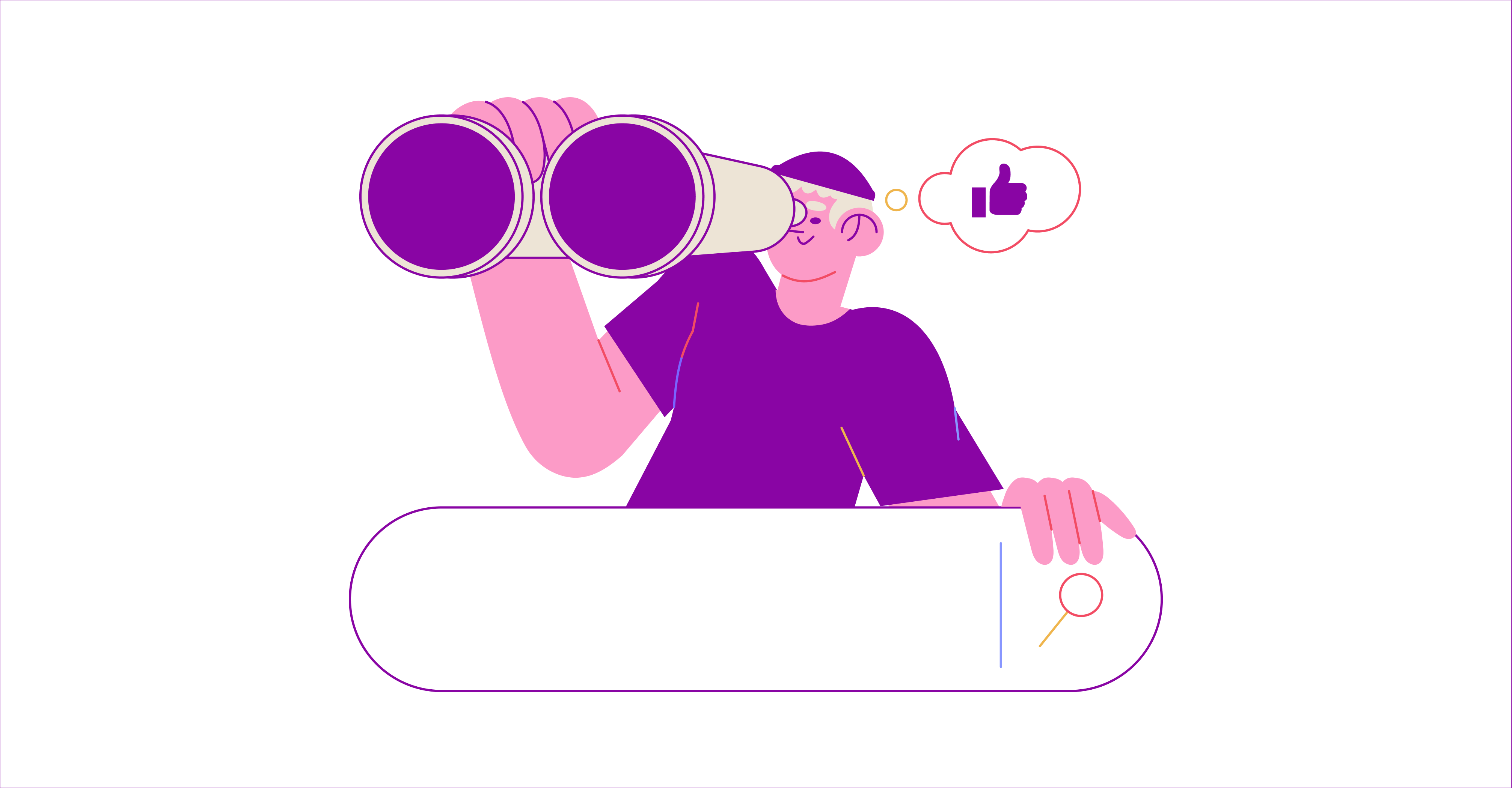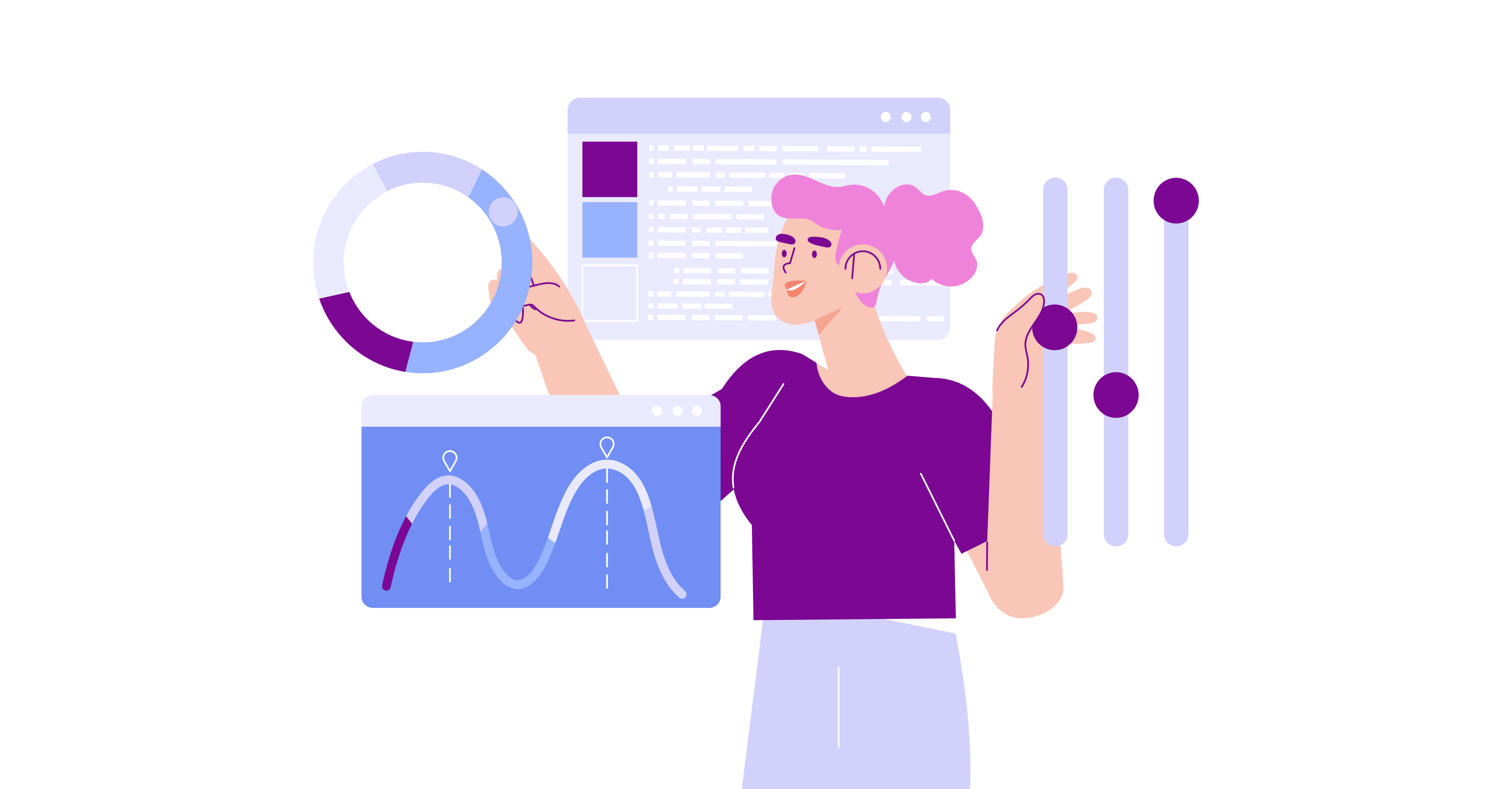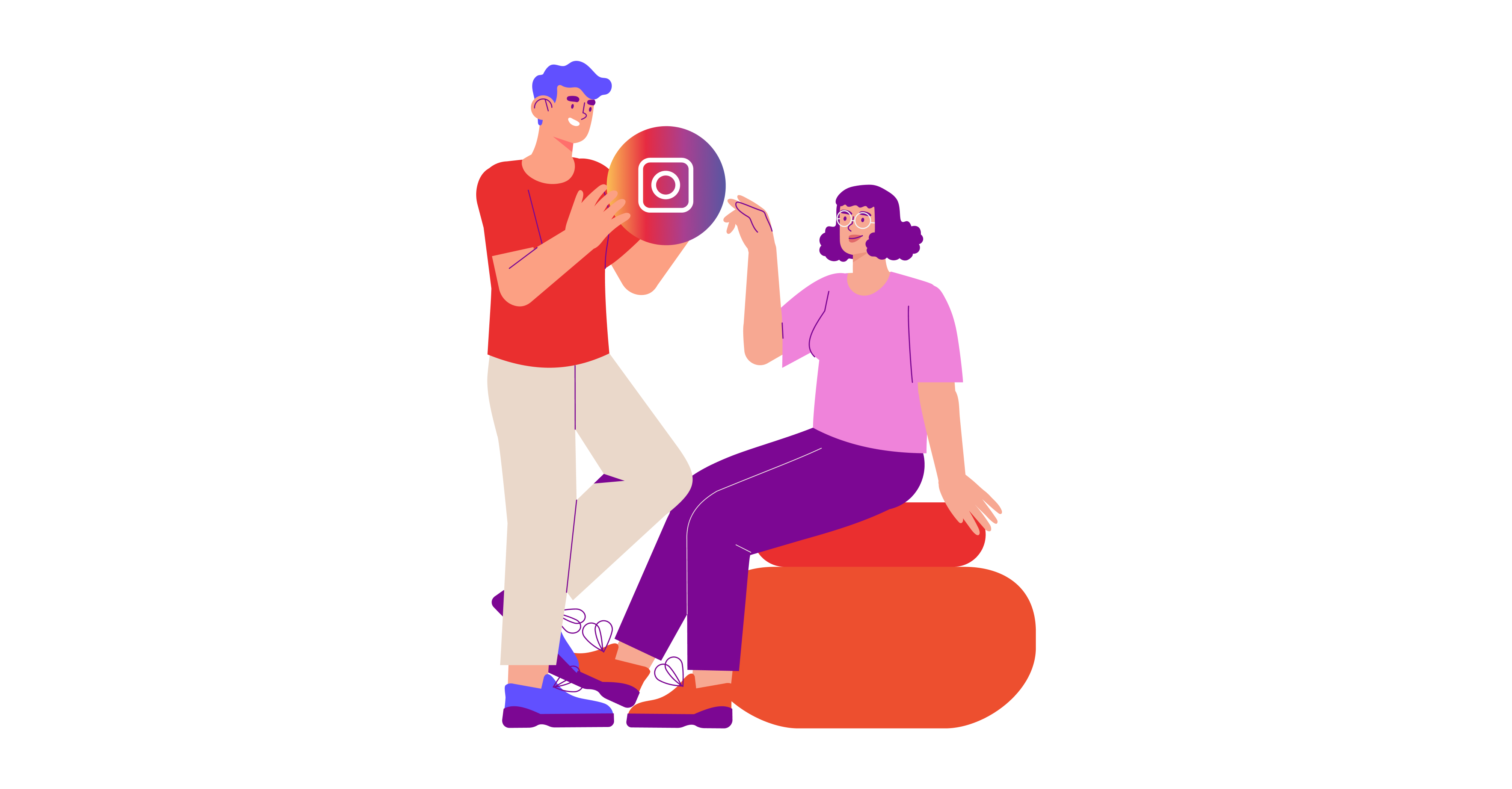Some time ago, we introduced how B2B businesses can leverage social media for marketing, and we’ve also discussed the growing importance of B2B influencer content. Now, we’d like to dig a bit deeper into the latter and talk more about the things you should absolutely know before planning your B2B influencer campaign.
At a glance, B2B influencer marketing seems very similar to B2C, with its key components being almost the same. There’s the target audience, the goals, the influencers, the engagement, tracking of progress, and ultimately – sales. However, there are also some crucial differences in B2B compared to B2C, and that’s, besides some interesting insights, what we’ll be talking about in this article.
First and foremost, there’s the issue of:
Time
Okay, so it might sound a bit cryptic and vague, but what we have in mind here is that do not expect your influencer campaign to bring tangible results the very same day you’ve launched it. It’s no secret that B2B relationships need more time to build, and the decisions here aren’t made on a whim but need consideration.
Furthermore, an influencer campaign should actually aim to build bonds not only with decision-makers (they make up a small fraction of people) but also those who are maybe just starting their careers and might make such decisions later on. Some even say that the first visible results of a B2B influencer campaign might come around six months after its launch, which, compared to B2C’s blitz speed, seems like a very long time to wait. So, patience and consistency are needed here, but in the end, it is absolutely worth it.
Finding Your Advocates
In the B2C world, the fresher and the more exciting the influencer is, the more businesses want to work with them. And since they are trending now, it seems logical to launch a short-term campaign with them and instantly reap the benefits.
Now, remember what we’ve just talked about? The need for patience in B2B influencer marketing? This notion ties in perfectly well with finding the right advocates for your B2B campaign.
In B2B, you don’t really need someone flashy and trendy (however appealing partnering with them might sound), and it is an excellent idea to look around for influencers in your own existing crowd. Analyze your customers, fans, business partners, and employees for evidence of advocacy and influence. Chances are, you already have the right person with the right knowledge of your industry who shares their insights openly on social media and has a crowd of loyal followers right under your nose. These people should be your first pool of influencers because they already have a proven affinity.
Figure Out Who’s Influencing Your Customers
This might seem a little bit too obvious, but when was the last time you’ve really looked into who’s influencing your customers? And it is such a straightforward way to figure out who would truly resonate as a B2B influencer with your customers!
You can find this info out by working with some fancy platforms (or not so fancy, like the one called Agenic), or you can go the old-school way by asking your followers to fill in a form. Haven’t thought about that, have you? Ask them who they are following or are listening to and who they trust the most. This way, you’ll be able to determine the exact right influencer to partner up with, one that already has your customers’ trust – the key ingredient in a successful B2B influencer marketing campaign.
Following Isn’t Everything
Back to B2C here, where a healthy following means better content reach means campaign success. With that said, it isn’t exactly the same story with B2B. In fact, some of the most revered B2B influencers might not even be on social media or have that big of a presence there, but they still influence people and their decisions.
This brings us here – in your search for the most viable professional to collaborate with on your campaign, you shouldn’t dismiss the people who are renowned authors, speakers, researchers, or podcasters who do not have large crowds following them but are nonetheless highly respected among their peers. Of course, using social media footprint is the fastest way to find influential people, but in this case, you shouldn’t trust it blindly, for you are apt to miss out on some very important potential collaborators.
Compare And Match
Okay, this might not be a difference between B2B and B2C, but it is still a vitally important part of choosing the right influencer for you. We’re talking about putting up a thorough dossier of the influencers you’ve chosen so you can compare some key elements before deciding.
Agenic can offer to do that for you, but if you’d like to compile such a list yourself, you’d want to include these factors:
- Social channels that they are on. Just a reminder that your audience might be on a different platform than the influencer is, so this factor is definitely worthy of considering;
- Engagement ratios;
- Topics covered. If they are already industry experts and cover the same topics you would, you might save some time on know-how and product education;
- Hashtags they use;
- Geography;
- Best-performing content. A real tell-tale sign of what their existing crowd likes!
- History of influencer work. We’ll come back to this point further down the line;
- Any red flags;
- Non-social media influence like books, interviews, or podcasts;
- Relevancy with your existing customers.
True, it’s a lot of work to compile such dossiers for, say, ten influencers you are considering, but trust us – this is perhaps the only way to find the right person to collaborate with.
Look Out For Conflicts Of Interest
A B2C influencer’s work is usually just that – recommending products to people and working with a variety of brands on almost a daily basis. And that’s a huge difference from B2B influencers, who are often influencers because they have a ‘regular’ job and are exceptionally good at it. And although that makes them even more so compelling in the B2B marketing world, it might also present a problem in collaborating on ideal terms.
It’s often the case where B2B influencers cannot participate (or cannot participate on ideal terms) in a campaign because of conflicts of interest stemming from job restrictions, due to existing relationships, or company partnerships. That’s why background research is, once again, very important here, as it allows you to predetermine any possible conflicts of interest or roadblocks to a partnership.
Knowledge Is Power
This paragraph could be just one sentence long – don’t skimp on time meant for product education! Purely because this is so important. However, we’ll elaborate a bit more on that, of course.
Once you’ve chosen the influencer(-s) you want to work with, put in the effort to truly educate them about your company, products, clients, and culture. B2B influencer marketing relies heavily on building trust with potential customers, and building trust on a shaky foundation and lack of knowledge are practically impossible. So, give plenty of information and guidance and allow as much time as needed for your influencers to truly be on board with your company for in-depth and accurate advocacy.
There’s probably no need to tell you that B2C usually doesn’t require lengthy education before promoting a product, whereas a short brief is usually perfectly enough.
Co-Creation Is The Key
B2B influencers are usually genuine experts in their field. And who would want to exchange their expertise with marketing team-written lines and slogans? Not you, that’s for sure. Let the influencers pitch their ideas and always consider them – they might have a unique spin on talking about your product or company that’s usually much more engaging for people listening to it.
That being said, such co-creation might breed a whole new outlook on your marketing campaign strategy. Oftentimes for the better!
Have Fun
B2B content is notoriously famous for being boring and brainwashed. Just think about the usual CEO post on LinkedIn; we’re pretty sure you’ve seen dozens of them the last time you opened the platform. However, that doesn’t mean that B2B content has to be boring. In fact, the more original it is, the better chances of success it has.
Okay, so that’s not a revelation or something – for some time now, people have been talking about how they miss originality and authenticity in brand communication, but we still see lots of examples of how not to do it. So, be a trailblazer, employ a lighter take on things (yup, even in B2B marketing), and in this case, take a look at some of the unique ideas in B2C influencer marketing, where things are usually that much lighter and fun.
In short – ditch the necktie and have some fun with it for once.





